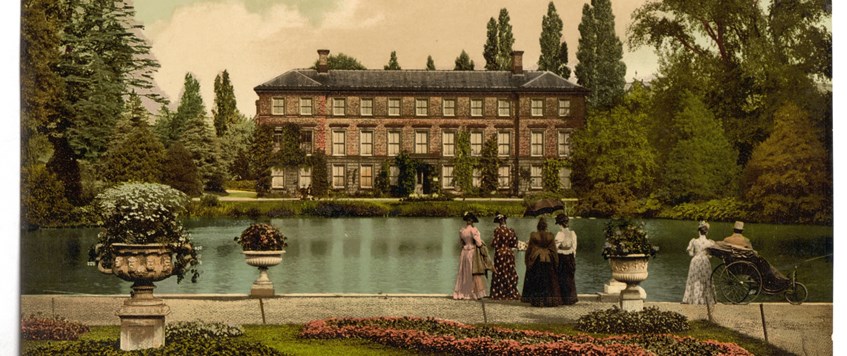
Rapidly rising numbers of deaths during the First World War gave rise to significant developments in the recording and burial of individual soldiers, and dedicated war cemetery sites came into being. While the death and destruction caused by the war became prevailing characters in the public memory during post-war decades, the process of healing – of people and landscapes – has been central to the legacy of the conflict. Purposeful architecture went hand-in-hand with carefully considered planting within war cemeteries to create sites of tranquillity and solemnity for remembrance of the fallen. Research by the Royal Botanic Gardens, Kew, in collaboration with the Commonwealth War Graves Commission, has reflected upon the creation and evolution of these sites of remembrance. Furthermore, landscape-scale fieldwork on the Western Front has identified three distinctive components of the post-war botanical landscape – the wild, the managed, and the planted; each of which plays a role in the transmission of memory today.
Dr James Wearn FLS is an ecologist and historian. James led the First World War Centenary project at the Royal Botanic Gardens Kew, and his research into 'polemobotany' (war botany) brings together sciences and humanities to explore the environmental legacies of war. He has published more than 80 papers in both academic journals and popular magazines, and has carried out fieldwork in Europe, Africa and South-East Asia. James was elected a lifetime Fellow of the Linnean Society in 2010, and was recently interviewed for the BBC Radio 4 programme 'Poppy'.





